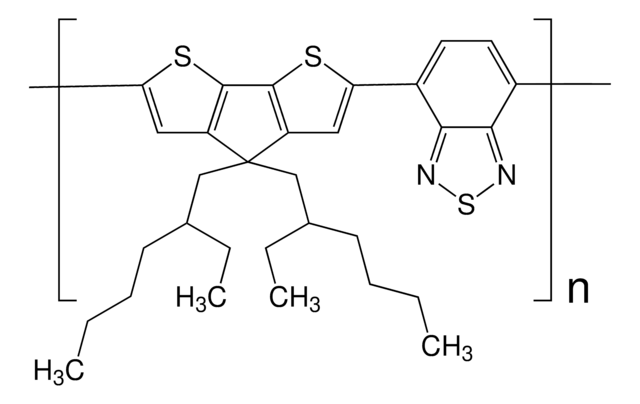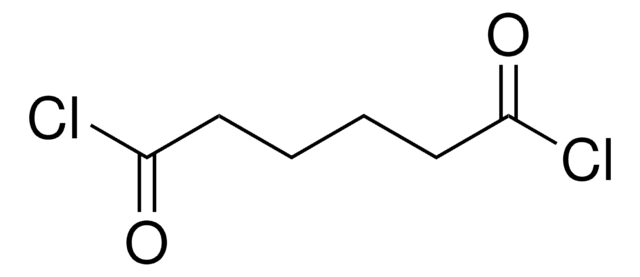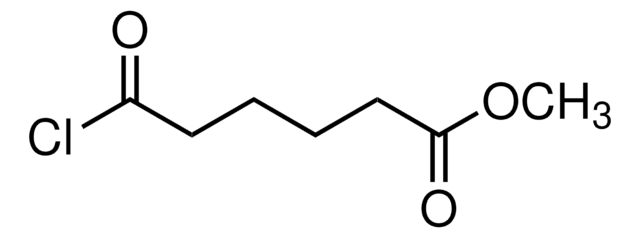546461
MDMO-PPV
light-emitting polymer
Synonym(s):
Poly[2-methoxy-5-(3′,7′-dimethyloctyloxy)-1,4-phenylenevinylene]
Select a Size
Select a Size
About This Item
Recommended Products
description
Band gap: 2.2 eV
mol wt
Mn ~120,000
solubility
toluene, xylene, THF, chloroform, chlorobenzene, cyclohexanone: soluble
fluorescence
λex 485 nm; λem 555 nm in toluene
Orbital energy
HOMO -5.4 eV
LUMO -3.2 eV
OPV Device Performance
ITO/PEDOT:PSS/MDMO-PPV/PC61BM/Al
ITO/PEDOT:PSS/MDMO-PPV:PC61BM (1:4)/LiF/Al
SMILES string
COc1ccc(OCCC(C)CCCC(C)C)cc1C=C
1 of 4
This Item | 299693 | 638560 | 843951 |
|---|---|---|---|
| assay 98% | assay 98% | assay 97% | assay - |
| density 1.259 g/mL at 25 °C (lit.) | density 1.143 g/mL at 25 °C (lit.) | density 1.148 g/mL at 25 °C (lit.) | density 1.259 g/cm3 at 25 °C |
| form liquid | form liquid | form - | form liquid |
| refractive index n20/D 1.471 (lit.) | refractive index n20/D 1.467 (lit.) | refractive index n20/D 1.4470 (lit.) | refractive index - |
| bp 105-107 °C/2 mmHg (lit.) | bp 166 °C/18 mmHg (lit.) | bp 76 °C/0.8 mmHg (lit.) | bp - |
| Quality Level 200 | Quality Level 200 | Quality Level 100 | Quality Level 200 |
General description
Application
Storage Class Code
11 - Combustible Solids
WGK
WGK 3
Flash Point(F)
Not applicable
Flash Point(C)
Not applicable
Personal Protective Equipment
Choose from one of the most recent versions:
Already Own This Product?
Find documentation for the products that you have recently purchased in the Document Library.
Articles
In the field of organic printable electronics, such as OLEDs and organic photovoltaics (OPVs), improved organic conducting and semiconducting materials are needed. The progress in two fields is reviewed in this article.
PCBM-based n-type semiconductors - Find p- and n-type organic semiconductors available with PCBM library & properties.
The development of high-performance conjugated organic molecules and polymers has received widespread attention in industrial and academic research.
Self-healing soft electronic materials offer potential cost savings and reduced electronic waste.
Our team of scientists has experience in all areas of research including Life Science, Material Science, Chemical Synthesis, Chromatography, Analytical and many others.
Contact Technical Service![Poly[2-methoxy-5-(2-ethylhexyloxy)-1,4-phenylenevinylene] average Mn 40,000-70,000](/deepweb/assets/sigmaaldrich/product/structures/344/488/b8f8179d-3970-4deb-a754-adda88cdb36f/640/b8f8179d-3970-4deb-a754-adda88cdb36f.png)
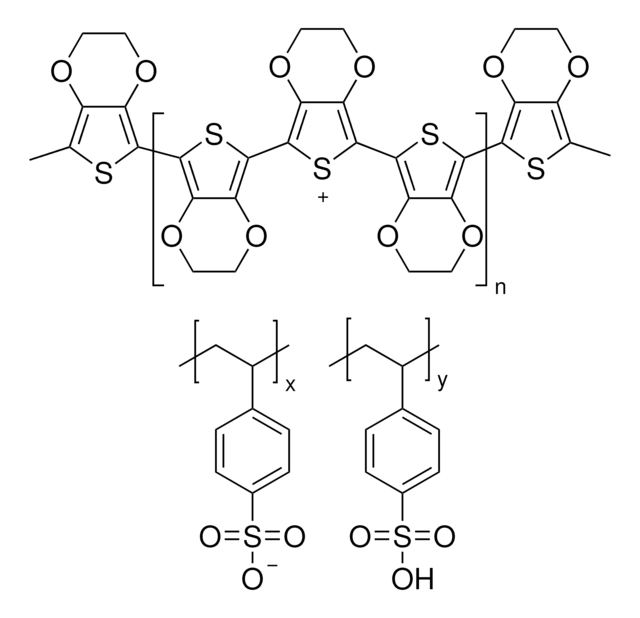

![Poly[5-methoxy-2-(3-sulfopropoxy)-1,4-phenylenevinylene] potassium salt solution 0.25 wt. % in H2O](/deepweb/assets/sigmaaldrich/product/structures/111/584/9e24dfe5-3cb6-4bd8-8bc6-cbe82c1b88cd/640/9e24dfe5-3cb6-4bd8-8bc6-cbe82c1b88cd.png)
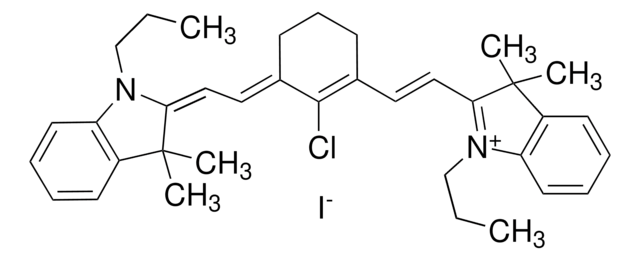

![Poly[(m-phenylenevinylene)-co-(2,5-dioctoxy-p-phenylenevinylene)] light-emitting polymer, predominantly trans](/deepweb/assets/sigmaaldrich/product/structures/249/040/9442b889-4fa0-4b4a-b424-cff0769a5ef2/640/9442b889-4fa0-4b4a-b424-cff0769a5ef2.png)
